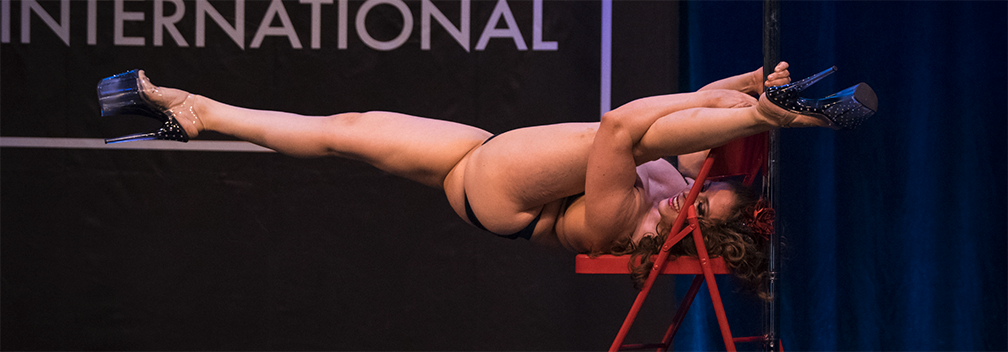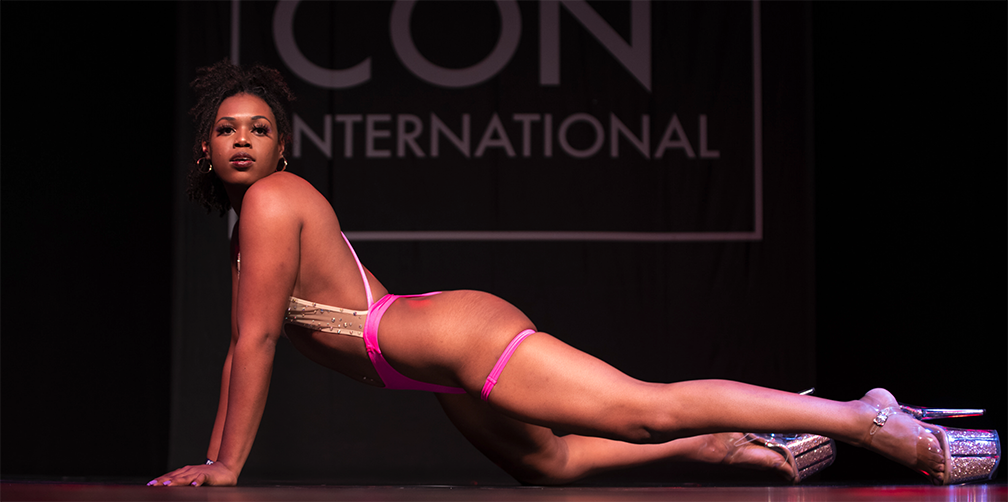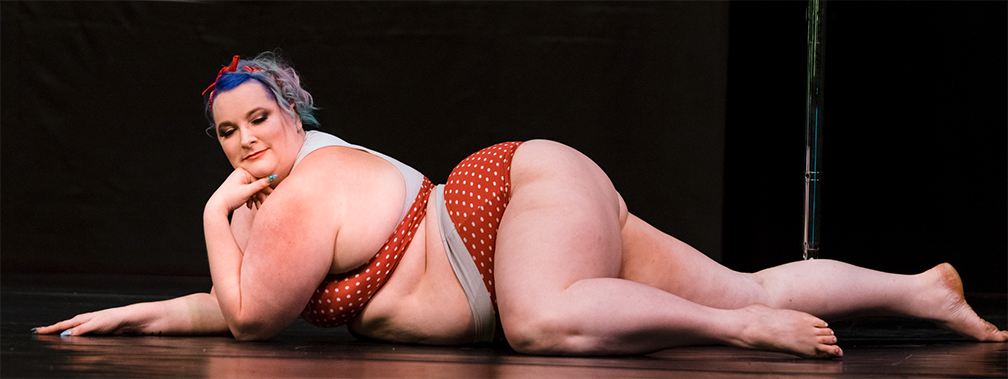Get Your Booty to the Poll (GYBTTP) was a 2020 campaign that used pole dance…
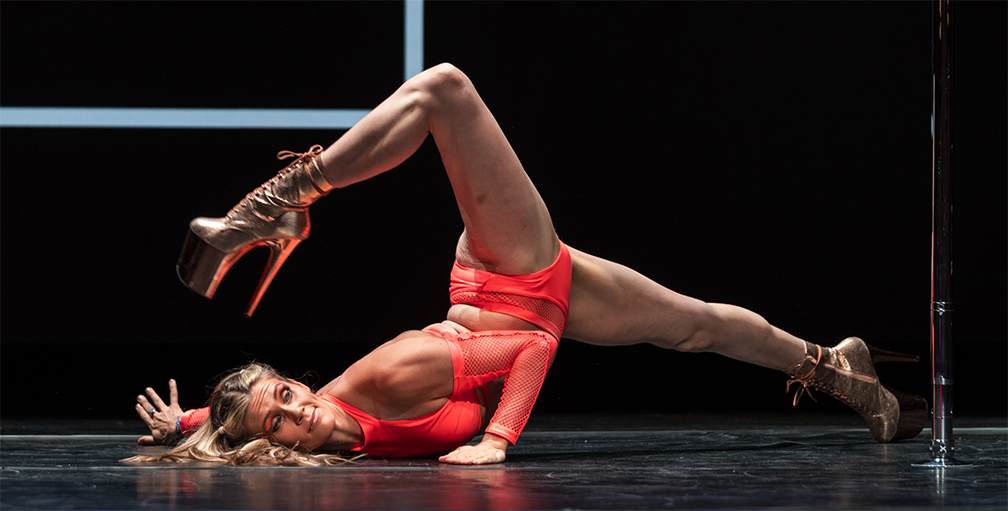
How Do You Define (Track, Assess, Review, and Improve) Fitness?
Defining fitness
While fit-ness can be defined in many individual ways, a more modern understanding of fitness looks at this concept across an interconnected web of elements that are relevant to your life and/or training.
Some things to consider as part of this definition could include (but are not limited to) these factors:
- Cardiorespiratory Endurance – how long or fast you can perform a cardio-vascular based activity such as running, dancing or swimming, measuring heart rate and oxygen consumption
- Muscular Strength – the maximum amount of force generated in a specific movement pattern at a specific velocity of contraction
- Speed – performing a motor skill rapidly
- Muscular Power – amount of force generated during a given activity and the rate of performing the work (combines speed and strength)
- Muscular Endurance – repetitions of low-intensity muscular contractions for a period of time
- Flexibility – range of motion
- Balance –ability to maintain equilibrium, static or dynamic
- Coordination – the ability to move smoothly and efficiently
- Agility –ability to change direction rapidly without a significant loss of speed, balance or body control
- Body Composition – the amount of fat on the body versus other tissues such as muscle, bones and skin (you can define this traditionally and measure with calipers or you can measure how your clothes fit/what size you feel is your “best” size or straight weight – I do not recommend straight weight for most people)
- Wellness Emotional – how you feel emotionally and spiritually
- Wellness Physical – health related to physical feeling and presence of chronic or acute injury/sickness
- Nutrition – your relationship with food, fueling appropriately for your lifestyle.
Assess your fitness
Assess your fitness using a radar chart or a spider web chart (download a blank chart here), a multidimensional tool to visually plot across several independent and interrelated variables.
Ideally you do this with your current level of fitness and then again for your ideal level of fitness, whatever that is currently.
You can track against an overall concept of your personal fitness, against certain pole moves you are working towards, in relation to your next showcase or competition or against any other functional part of your life where you are surviving and wanting to be thriving.
Radar charts can be at any scale and since these elements are not quantitatively measured in the same way, you must assign them a qualitative (more on how you feel) number. This chart uses 1-10 scale with 10 being the highest.
Here is my current chart for my overall fitness:
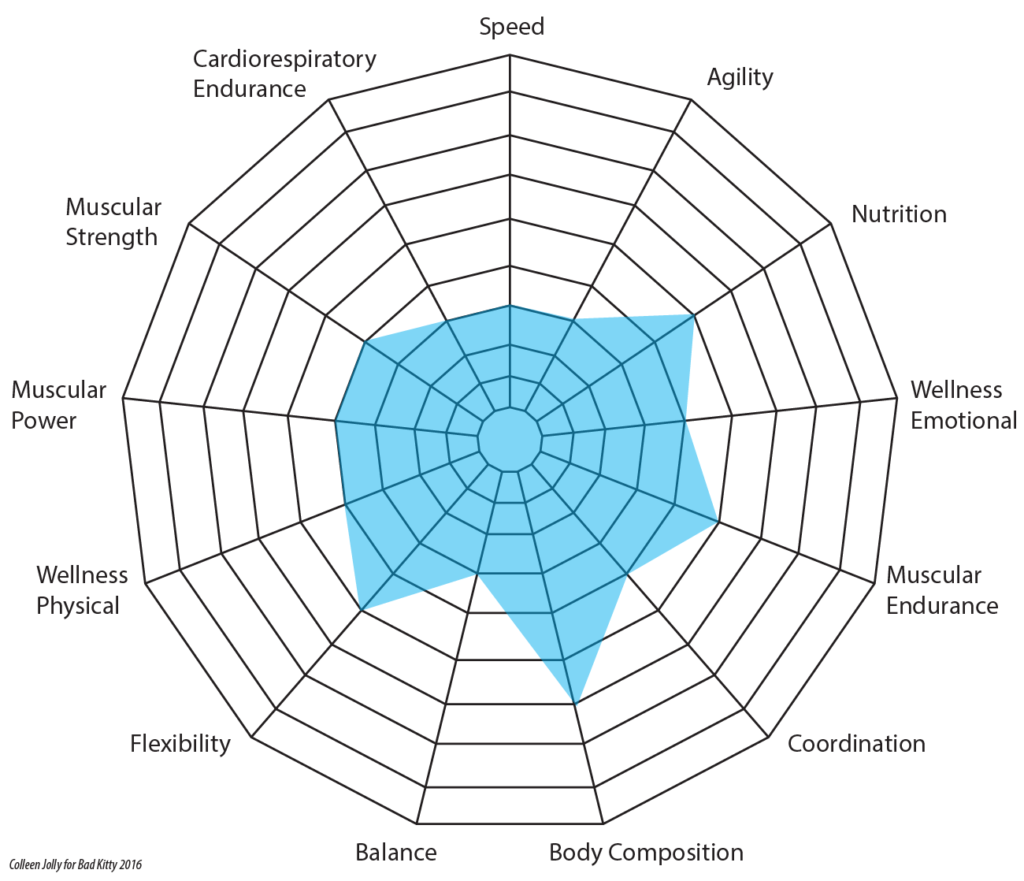
Generally, I feel like I have a good understanding of my nutrition and follow a meal structure that works for me, my body composition is good in terms of how my clothes fit, I have great muscular endurance and my flexibility is solid.
For my “ideal” level of fitness I choose to focus on my upcoming competitions and shows. I know my routine will be a fast one so I definitely need to work on my cardio and I want to increase my flexibility and balance particularly in relation to achieving flexibility moves like a standing needle scale. Competition training can be emotionally draining so I want to make sure my emotional wellness increases while keeping my physical wellness at the same with no acute injuries.
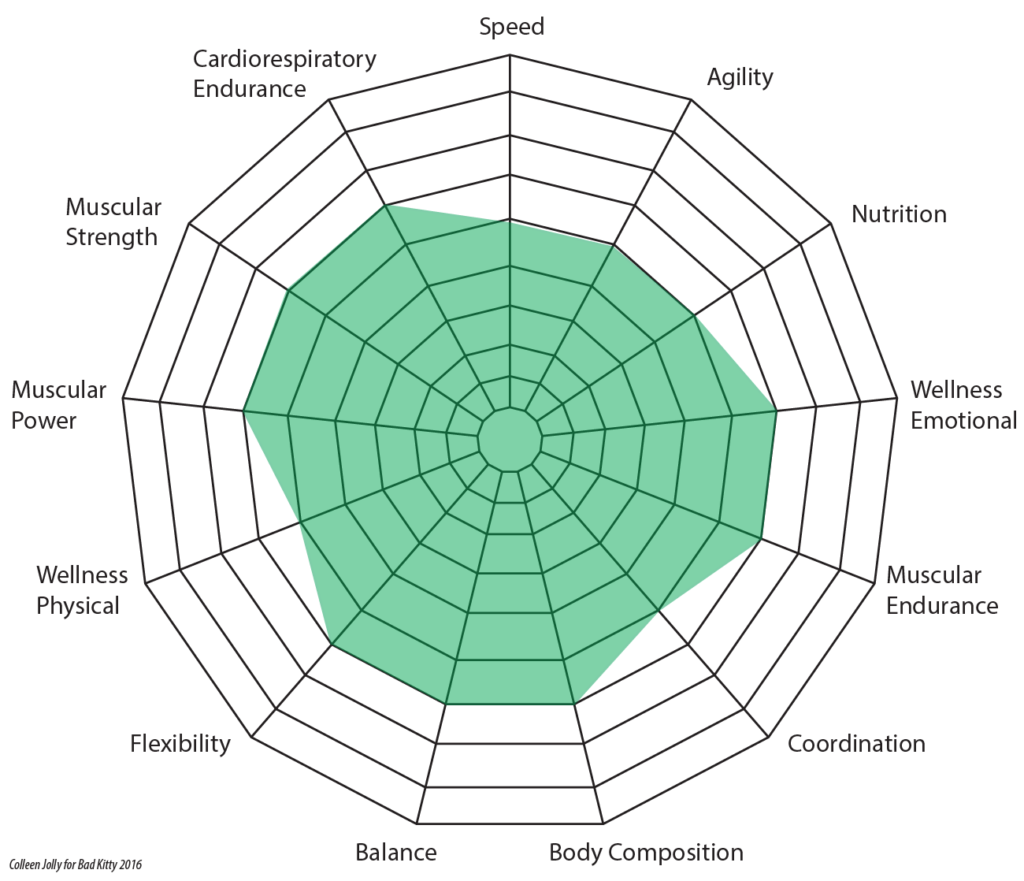
Here are the two overlaid on top of each other to see the difference between current state and ideal state more clearly. This helps me understand where to focus my energy while training to maximize improvement in some areas while maintaining in others.
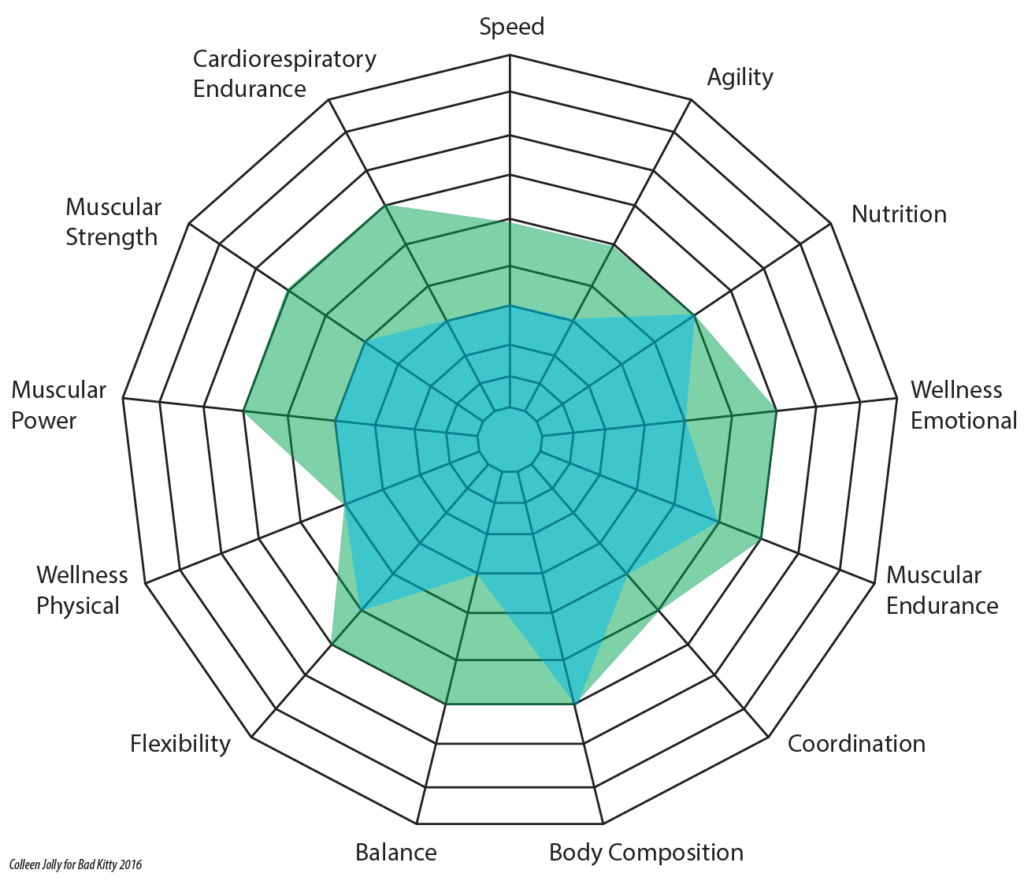
Track your fitness
When doing your own radar chart – you don’t have to fill in the shapes created, but you should use two different pen colors or crayons to plot your lines. You may use several charts for different moves or activities in your life or use one holistic one.
You can redo your chart whenever you want to reassess. Setting a quarterly or bi-annual check-in is a good schedule to start with, increasing or decreasing time between check-ins as needed.
Remember, you don’t have to use these elements! Create attributes that more closely reflect your life, adding and subtracting elements as needed.
The kind of fitness peddled to you in mass media only addresses a superficial understanding of a very complex set of attributes comprising your overall health and well-being.
Understand and appreciate your own personal fitness by assessing, tracking, regularly reviewing and improving against variables relevant to you, your life, and your goals.
*Original blog published for Bad Kitty 2016. Updated in 2024.
Latest posts by Colleen (see all)
- PoleCon Hub Page: MORE Black Voices - June 13, 2025
- PoleCon 2025: Recap - June 4, 2025
- Interview with New PoleCon Instructor: Melonsl - May 9, 2025
